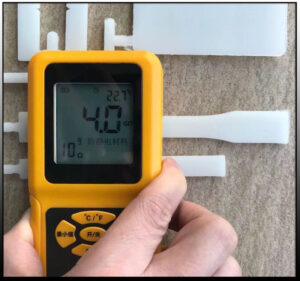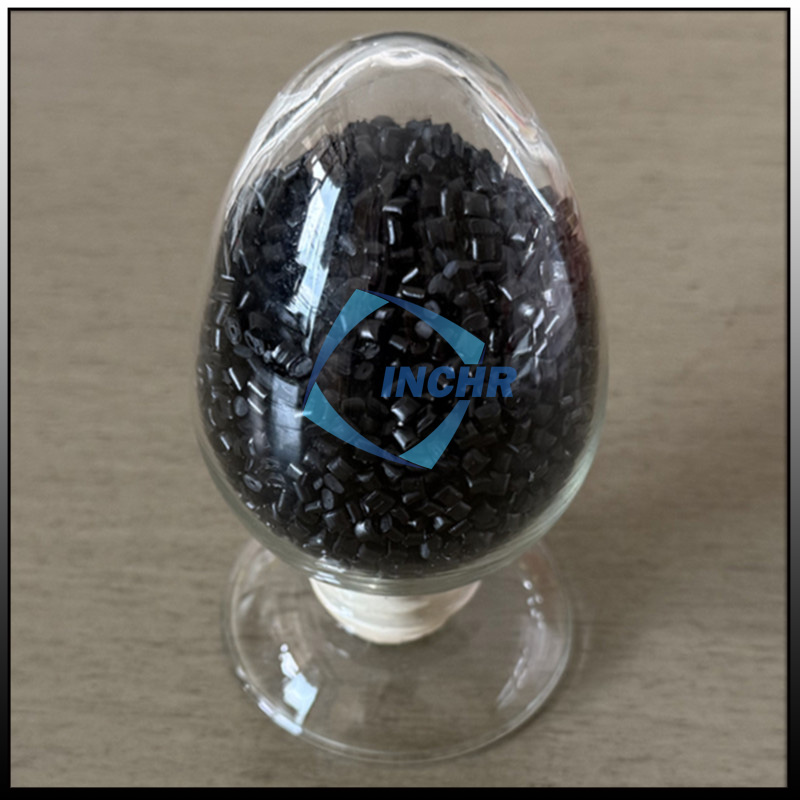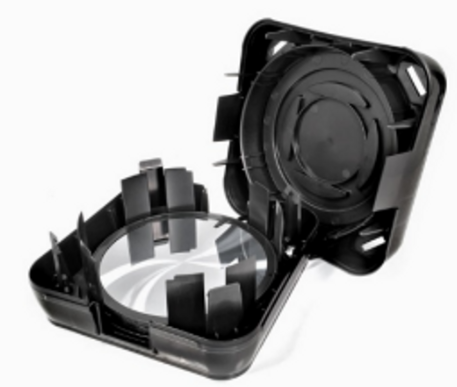ESD safe plastics are plastic materials that prevent the build-up and discharge of static electricity. It has important applications in some fields that are sensitive to static electricity, such as electronics, semiconductors, medical, chemical, and other industries.
Features of ESD safe plastics
- Prevent static electricity accumulation: It can effectively disperse or conduct static electricity charges away, reducing the accumulation of static electricity.
- Conductive properties: Usually have certain conductive properties, which can quickly dissipate static electricity.
- Wear resistance and corrosion resistance: It has good wear resistance and corrosion resistance and can be used for a long time in harsh environments.
- Permanently antistatic performance: ESD safe plastics with permanent antistatic properties that last the life of the end product.
Common applications of ESD safe plastics
- Electronic equipment packaging: used to protect electronic components from static electricity damage and prevent static electricity from interfering with the normal operation of electronic equipment.
- Semiconductor manufacturing: In the semiconductor production process, ESD safe plastics can be used in wafer carrying, packaging, and other aspects.
- Chemical industry: When handling flammable and explosive chemicals, it can reduce the risk of fire or explosion caused by static electricity.
- Aerospace: Required in the manufacture of static-sensitive equipment and components.
The specific selection of ESD safe plastics should be determined based on actual needs and application scenarios, and factors such as conductive properties, mechanical properties, and chemical resistance also need to be considered. When using anti-static safety plastics, relevant safety regulations and standards should be followed to ensure their correct use and effective function.

Application in medical devices of ESD safe plastics
In the field of medical devices, ESD safe plastics are mainly used to prevent static electricity from interfering with the normal operation of instruments and ensure stable operation of equipment. The following are some specific applications:
- Surgical instruments: During surgery, static electricity may interfere with the normal operation of surgical instruments and even cause harm to the patient. These problems can be avoided by using anti-static safe plastics for surgical instruments.
- Medical device casing: Medical device casings usually need to have anti-static functions to prevent static electricity from causing damage to the electronic components inside the device.
- Drug packaging: Some drugs are very sensitive to static electricity, which may affect the quality and stability of the drug. Packaging medicines in anti-static safe plastic can effectively protect medicines from static electricity.
- Medical beds and wheelchairs: In medical environments, static electricity can cause discomfort or harm to patients. Using anti-static safe plastics for medical beds and wheelchairs can reduce the accumulation of static electricity and improve patient safety and comfort.
In general, the use of ESD safe plastics in medical devices can prevent static electricity from interfering with the normal operation of the instrument, ensure the stable operation of the equipment, and reduce the occurrence of medical accidents.
How to choose ESD safe plastics correctly?
When We choose ESD safe plastics, the following factors need to be considered comprehensively :
Performance requirements
- Anti-static performance: Determine the required surface resistance or volume resistance value according to the usage scenario. For example, the electronic chip manufacturing workshop requires the material surface resistance to be between 10⁶-10⁹Ω.
- Mechanical properties: Consider the strength, toughness, hardness, etc. of the material. For example, the ESD safe plastics used to make the shell must have sufficient strength and toughness to resist external impact.
- Heat resistance: Select ESD safe plastics with appropriate heat resistance grades according to the temperature range of the use environment. If used for a long time in a high-temperature environment, you can choose polyetheretherketone (PEEK) and other materials with good heat resistance.
Molding process
- Injection molding: Select ESD safe plastics with good fluidity and good thermal stability, such as anti-static ABS, which has good fluidity and can quickly fill the mold cavity during the injection molding process.
- Extrusion molding: The material is required to have good melt strength and fluidity, such as antistatic PP, which can maintain a stable shape and size during the extrusion process.
- Blow molding: The material needs to have good tensile properties and toughness, such as antistatic LLDPE, which can expand and mold evenly during the blow molding process.
Cost and supply capacity
- Cost factors: Under the premise of meeting performance requirements, compare the prices of different ESD safe plastics, such as general antistatic PP is relatively low, while high-performance antistatic PEEK is more expensive.
- Supply stability: When selecting a supplier, consider its production capacity, inventory, and delivery cycle to ensure a stable supply of materials.
Other factors
- Environmental protection requirements: Pay attention to whether the material meets environmental protection standards, such as RoHS, REACH, etc., to ensure that it is harmless to the environment and human body during use and disposal.
- Brand and quality: ESD safe plastics from well-known brands are usually more guaranteed in quality and performance. You can refer to other users’ evaluations and cases.




